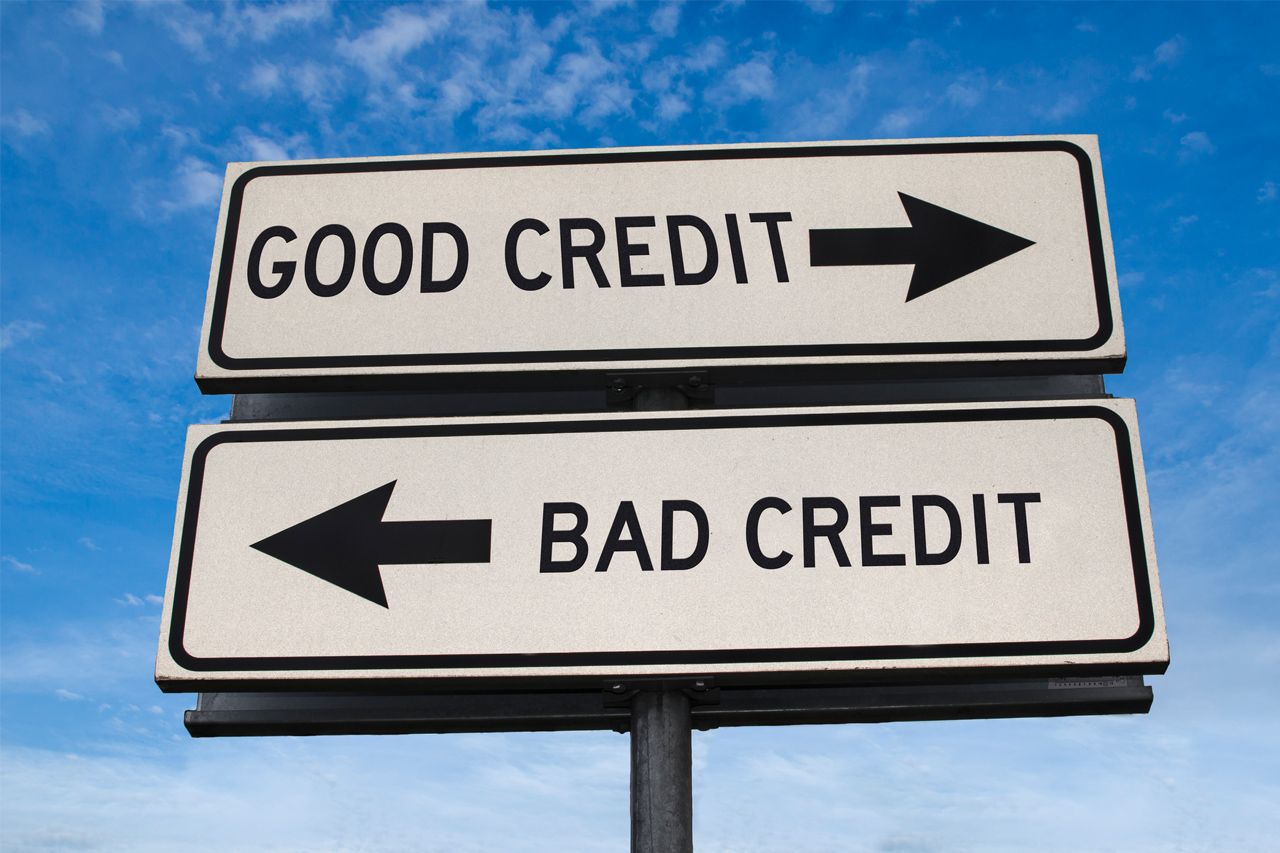Managing your finances requires more than just checking the balance in your bank accounts or paying your credit cards on time. You must also keep a close eye on your credit report. A good credit score can impact your buying power by giving you access to loans and credit cards with favorable interest rates and terms.
An important factor credit lenders and credit card companies use to determine the line of credit to extend is your credit utilization ratio. The lower the number, the better, and understanding what goes into the calculation is critical for your financial health.
Definition of Credit Utilization Ratio
Your credit utilization ratio is the amount you owe vs. your available credit. To determine your credit utilization ratio, divide the amount of revolving credit you are using (credit card charges) by your available amount of revolving credit (credit card limit). Use the available credit on all your credit cards and the total of all credit card balances to calculate your overall credit utilization.
Use the following formula to calculate your Credit Utilization Ratio:
Monthly balance ÷ Monthly credit limit = Credit utilization ratio
As an example, if you have a $5,000 credit limit and spend $1,000 during the monthly billing cycle, your credit utilization rate is:
$1,000 / $5,000 = .20 -> 20%
A high credit utilization rate could indicate difficulty paying bills on time. In contrast, a low credit utilization rate indicates a good payment history and results in a lower credit score.
Your credit utilization rate is the second-most heavily weighted factor when determining your FICO score, accounting for 30% of the overall score. Most lenders consider a utilization ratio of 30% or less acceptable, with some recommending 10% or less.
Other terms for credit utilization ratio include credit utilization rate, debt-to-limit ratio, balance-to-limit ratio, and debt-to-credit ratio.
Manage Your Credit Utilization Rate
With a good plan in place, you can lower your credit utilization rate and improve your credit score in a short period. The following are some steps you can take to reduce your credit utilization rate.
Pay down your debt. Begin paying more than the minimum due each month, and if possible, make additional monthly payments. Pay down the credit card with the highest utilization rate for a quick boost to your credit score. You do not need to achieve a zero balance but keep your balances as low as possible.
Request a higher credit limit. Contact your credit card issuers and request an increase in your credit limit. You must meet specific criteria for each credit card account, so you may not be granted a credit limit increase.
Do not overspend. A lower monthly balance means a lower utilization percentage. While working to pay off balances and increase the limits, do not be tempted to overspend.
Take out a personal loan to pay your credit card balances. A loan is an option if you can qualify. Get a loan to either pay off the credit card debt or to lower your utilization ratio.
Open a new credit card. Opening a new credit card will increase your credit limit, automatically lowering your utilization ratio. If your credit score is low, beware of annual fees and high-interest rates.
Do not close unused credit card accounts. Closing a credit card will often do more harm than good. When you close a card, you will lower your total credit available, increasing your utilization rate, and thus reducing your credit score.
You may need to take a mix-and-match approach until you see a lower credit utilization rate and higher credit score.
What to Look for in a High-Yield Checking Account
The best checking account works with your spending and saving habits. Look for high-yield checking accounts with the following:
Low fees. Enroll in accounts with low or no fees so the ATM fees, transaction fees, and other extra costs do not eat into your interest earnings.
Waived fees. While many accounts come with monthly maintenance fees, some institutions will waive them when you meet minimum balance or monthly transaction requirements.
Rewards or perks. Find a financial institution offering special perks such as refunds on your out-of-network ATM fees or an automatic upgrade of your existing savings account to a high-yield savings account.
Competitive interest rates. The account with the highest APY may also come with more requirements. Look for a competitive rate that follows the market.
Track Your Progress
Track your credit score and credit utilization rate every step of the way. Consumers are entitled to one free credit report each year from the three major credit bureaus – Equifax, Experian, and Transunion. Request your free copy at annualcreditreport.com.
TDECU’s Credit Cards Work for You
TDECU offers credit cards for every stage of life. Find the best credit card for you.
Find more information about types of credit cards in the Personal Finances section of TDECU’s Advice Center today.
